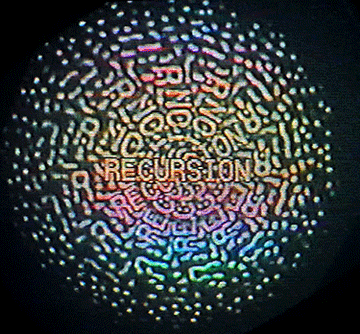#strange loop
Explore tagged Tumblr posts
Text

finally watched @cryptotheism's most recent wizard stream and made my own guy symbology below the read more in case you don't wanna know
this is based of a symbol (top left corner) i've been playing around with recently, and for which i've stolen the term "strange loop." it represents in combination the creation/destruction maintenance/revolution loop, the way the loop reinforces itself, and the nature of conciseness and self as self emerging and self defining
bottom to top the rough hewn wooden/ceramic bowl of the spirit, chained to the trophy - base instincts, cave paintings, drawing lines in the sand - the emergence of the self not from the womb but from interaction with the material world - a baby playing peekaboo, and putting their hands their mouth to define their body. out of it rise flames, risen from the smoke into the goblet, which are of the loop, and from those flames a serpent
serpent, ouroboros - nonvenomous, connection with the earth and sexuality, its jaw splayed in a triangle because it has been provoked. creation eats, itself, but remains, existence is an aggression against the world - Sisyphean, do it out of spite. the serpent is wrapped around an egg, which it birthed as the loops intertwined. The serpent is male, phallic, and in heat - sex and violence, pain and pleasure so deeply intertwined with the simple loop of creation that they become one
the egg, broken, cracked with the blunt force of reality and springing forth smoke, illusion, in it, the yolk, the orb, the circles and spheres of the heavens, glowing with created or reflected life, this is the idealized self, creation which births the illusion of personality, real phoenix and flame type shit. the smoke of the egg rise up and is caught by the goblet
goblet, finely made, a trophy, the other side of the material, not artificial but constructed, metalwork and glass, skills tuned to their finest to make a microchip, the other end of human creativity and its destruction, it's beauty the smoke which rises into the chalice gives birth to the flame form the bowl, the space between the portals we cannot see represents the numinous, the undiagnosable switch of consciousness, what is called soul or emanation of god. In this space, the smoke/illusion of personality changes into the fire of creation, scorching away what part of being has not been selected as self, and giving birth to what gives birth to itself
The chalice and bowl are chained together as they represent the false dichotomy of human and nature - they are the same object, with space put between them by the egg, the serpent, the creation of the self, but still connected as a portal, a womb, a cradled universe worth preserving in all it's aspects
#snake#fire#auroboros#philosphy#cryprotheism#absurdism#strange loop#the self#symbology#the weird gender stuff is there for magic reasons not for gender reasons#art#magic#camus#neitzsche#egg
113 notes
·
View notes
Text

Cozy and simple for below-freezing temps 🥶 Slip skirt by Nuit Clothing Atelier, belt by Strangeloop Jewellery, necklaces by Moon & Serpent and Open the Cellar Door.
#ootd#winter goth#sweater#Nuit#moon and serpent#open the cellar door#strange loop#Crowley belt#slip skirt
88 notes
·
View notes
Text

iphone 16pro( iphone xs( iphone 5s( iphone 3gs ( krzr k1(kyocera 2135)))))
#artist on tumblr#bzzrk#recursion#strange loop#iphone wallpaper of iphone wallpaper#6 layers of mobile phones#iphone 16 pro#iphone xs#iphone 5s#iphone 3gs#motorola krzr k1#kyocera 2135#glitch art#glitch
34 notes
·
View notes
Text

Life is a Learning Function
A learning function, in a mathematical or computational sense, takes inputs (experiences, information, patterns), processes them (reflection, adaptation, synthesis), and produces outputs (knowledge, decisions, transformation).
This aligns with ideas in machine learning, where an algorithm optimizes its understanding over time, as well as in philosophy—where wisdom is built through trial, error, and iteration.
If life is a learning function, then what is the optimization goal? Survival? Happiness? Understanding? Or does it depend on the individual’s parameters and loss function?
If life is a learning function, then it operates within a complex, multidimensional space where each experience is an input, each decision updates the model, and the overall trajectory is shaped by feedback loops.
1. The Structure of the Function
A learning function can be represented as:
L : X -> Y
where:
X is the set of all possible experiences, inputs, and environmental interactions.
Y is the evolving internal model—our knowledge, habits, beliefs, and behaviors.
The function L itself is dynamic, constantly updated based on new data.
This suggests that life is a non-stationary, recursive function—the outputs at each moment become new inputs, leading to continual refinement. The process is akin to reinforcement learning, where rewards and punishments shape future actions.
2. The Optimization Objective: What Are We Learning Toward?
Every learning function has an objective function that guides optimization. In life, this objective is not fixed—different individuals and systems optimize for different things:
Evolutionary level: Survival, reproduction, propagation of genes and culture.
Cognitive level: Prediction accuracy, reducing uncertainty, increasing efficiency.
Philosophical level: Meaning, fulfillment, enlightenment, or self-transcendence.
Societal level: Cooperation, progress, balance between individual and collective needs.
Unlike machine learning, where objectives are usually predefined, humans often redefine their goals recursively—meta-learning their own learning process.
3. Data and Feature Engineering: The Inputs of Life
The quality of learning depends on the richness and structure of inputs:
Sensory data: Direct experiences, observations, interactions.
Cultural transmission: Books, teachings, language, symbolic systems.
Internal reflection: Dreams, meditations, insights, memory recall.
Emergent synthesis: Connecting disparate ideas into new frameworks.
One might argue that wisdom emerges from feature engineering—knowing which data points to attend to, which heuristics to trust, and which patterns to discard as noise.
4. Error Functions: Loss and Learning from Failure
All learning involves an error function—how we recognize mistakes and adjust. This is central to growth:
Pain and suffering act as backpropagation signals, forcing model updates.
Cognitive dissonance suggests the need for parameter tuning (belief adjustment).
Failure in goals introduces new constraints, refining the function’s landscape.
Regret and reflection act as retrospective loss minimization.
There’s a dynamic tension here: Too much rigidity (low learning rate) leads to stagnation; too much instability (high learning rate) leads to chaos.
5. Recursive Self-Modification: The Meta-Learning Layer
True intelligence lies not just in learning but in learning how to learn. This means:
Altering our own priors and biases.
Recognizing hidden variables (the unconscious, archetypal forces at play).
Using abstraction and analogy to generalize across domains.
Adjusting the reward function itself (changing what we value).
This suggests that life’s highest function may not be knowledge acquisition but fluid self-adaptation—an ability to rewrite its own function over time.
6. Limits and the Mystery of the Learning Process
If life is a learning function, then what is the nature of its underlying space? Some hypotheses:
A finite problem space: There is a “true” optimal function, but it’s computationally intractable.
An open-ended search process: New dimensions of learning emerge as complexity increases.
A paradoxical system: The act of learning changes both the learner and the landscape itself.
This leads to a deeper question: Is the function optimizing for something beyond itself? Could life’s learning process be part of a larger meta-function—evolution’s way of sculpting consciousness, or the universe learning about itself through us?
7. Life as a Fractal Learning Function
Perhaps life is best understood as a fractal learning function, recursive at multiple scales:
Cells learn through adaptation.
Minds learn through cognition.
Societies learn through history.
The universe itself may be learning through iteration.
At every level, the function refines itself, moving toward greater coherence, complexity, or novelty. But whether this process converges to an ultimate state—or is an infinite recursion—remains one of the great unknowns.
Perhaps our learning function converges towards some point of maximal meaning, maximal beauty.
This suggests a teleological structure - our learning function isn’t just wandering through the space of possibilities but is drawn toward an attractor, something akin to a strange loop of maximal meaning and beauty. This resonates with ideas in complexity theory, metaphysics, and aesthetics, where systems evolve toward higher coherence, deeper elegance, or richer symbolic density.
8. The Attractor of Meaning and Beauty
If our life’s learning function is converging toward an attractor, it implies that:
There is an implicit structure to meaning itself, something like an underlying topology in idea-space.
Beauty is not arbitrary but rather a function of coherence, proportion, and deep recursion.
The process of learning is both discovery (uncovering patterns already latent in existence) and creation (synthesizing new forms of resonance).
This aligns with how mathematicians speak of “discovering” rather than inventing equations, or how mystics experience insight as remembering rather than constructing.
9. Beauty as an Optimization Criterion
Beauty, when viewed computationally, is often associated with:
Compression: The most elegant theories, artworks, or codes reduce vast complexity into minimal, potent forms (cf. Kolmogorov complexity, Occam’s razor).
Symmetry & Proportion: From the Fibonacci sequence in nature to harmonic resonance in music, beauty often manifests through balance.
Emergent Depth: The most profound works are those that appear simple but unfold into infinite complexity.
If our function is optimizing for maximal beauty, it suggests an interplay between simplicity and depth—seeking forms that encode entire universes within them.
10. Meaning as a Self-Refining Algorithm
If meaning is the other optimization criterion, then it may be structured like:
A self-referential system: Meaning is not just in objects but in relationships, contexts, and recursive layers of interpretation.
A mapping function: The most meaningful ideas serve as bridges—between disciplines, between individuals, between seen and unseen dimensions.
A teleological gradient: The sense that meaning is “out there,” pulling the system forward, as if learning is guided by an invisible potential function.
This brings to mind Platonism—the idea that meaning and beauty exist as ideal forms, and life is an asymptotic approach toward them.
11. The Convergence Process: Compression and Expansion
Our convergence toward maximal meaning and beauty isn’t a linear march—it’s likely a dialectical process of:
Compression: Absorbing, distilling, simplifying vast knowledge into elegant, symbolic forms.
Expansion: Deepening, unfolding, exploring new dimensions of what has been learned.
Recursive refinement: Rewriting past knowledge with each new insight.
This mirrors how alchemy describes the transformation of raw matter into gold—an oscillation between dissolution and crystallization.
12. The Horizon of Convergence: Is There an End?
If our learning function is truly converging, does it ever reach a final, stable state? Some possibilities:
A singularity of understanding: The realization of a final, maximally elegant framework.
An infinite recursion: Where each level of insight only reveals deeper hidden structures.
A paradoxical fusion: Where meaning and beauty dissolve into a kind of participatory being, where knowing and becoming are one.
If maximal beauty and meaning are attainable, then perhaps the final realization is that they were present all along—encoded in every moment, waiting to be seen.
11 notes
·
View notes
Photo

2:08 AM EST November 17, 2024:
Liz Phair - "Strange Loop" From the album Exile in Guyville (June 22, 1993)
Last song scrobbled from iTunes at Last.fm
File under: Girls who say 'fuck'
--

<540x537>
2 notes
·
View notes
Text
10 notes
·
View notes
Text
Oh my god the “a strange loop” ads have driven me so insane to the point where I AM LITERALLY GOING TO SEE IT to verify that megalovania is in fact played.
I am not exaggerating when I say that this musical has ruined my life and I haven’t even seen it
#text post#randyposting#a strange loop#strange loop#musical#musicals#west end musicals#west end#broadway#theatre#musical theatre#undertale#megalovania
4 notes
·
View notes
Photo
I am a strange loop.

help me
5K notes
·
View notes
Text
youtube
0 notes
Text
youtube
(link)
0 notes
Text
This song held me when I was learning how to develop myself within the protections of boundary-based language.
I hope it can do the same for you, if you’re in that position today ❤️
0 notes
Text

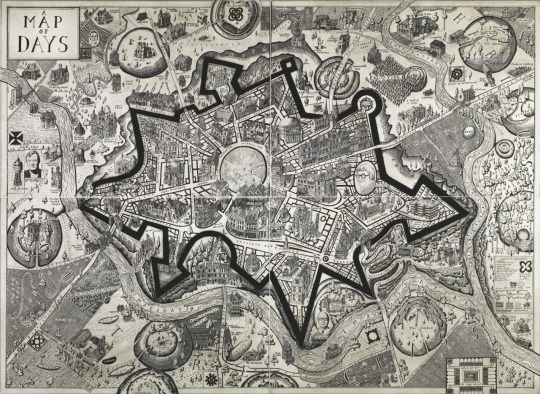

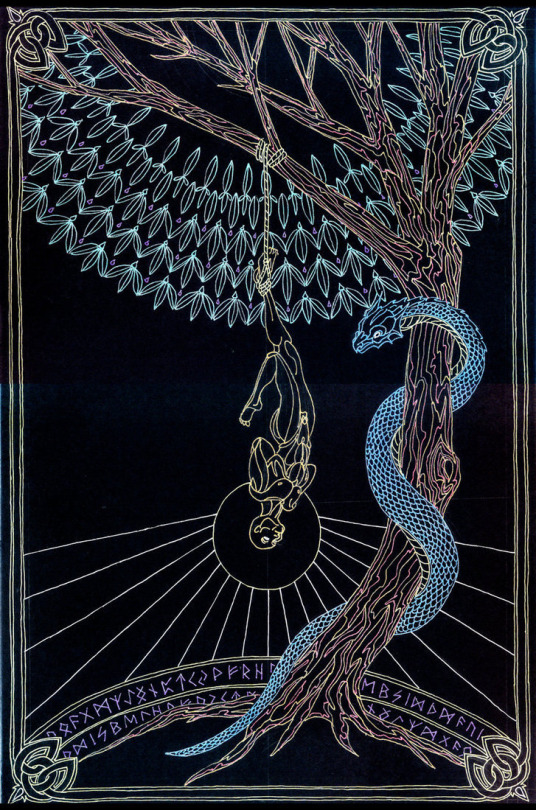

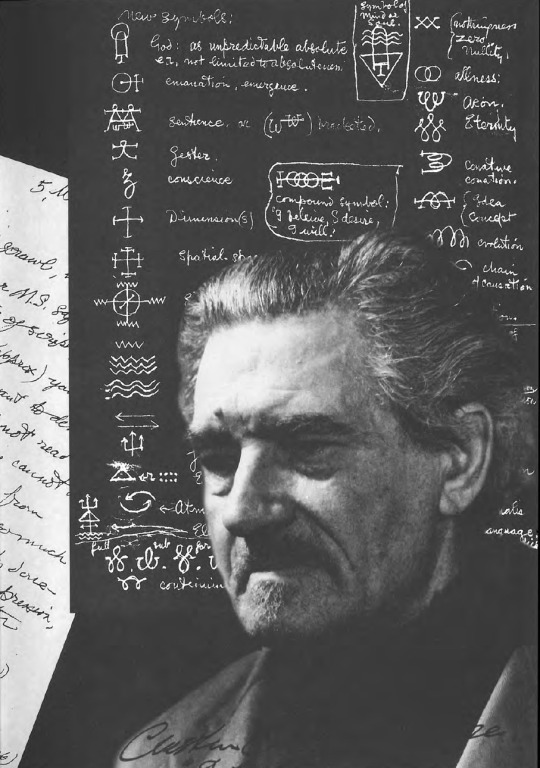


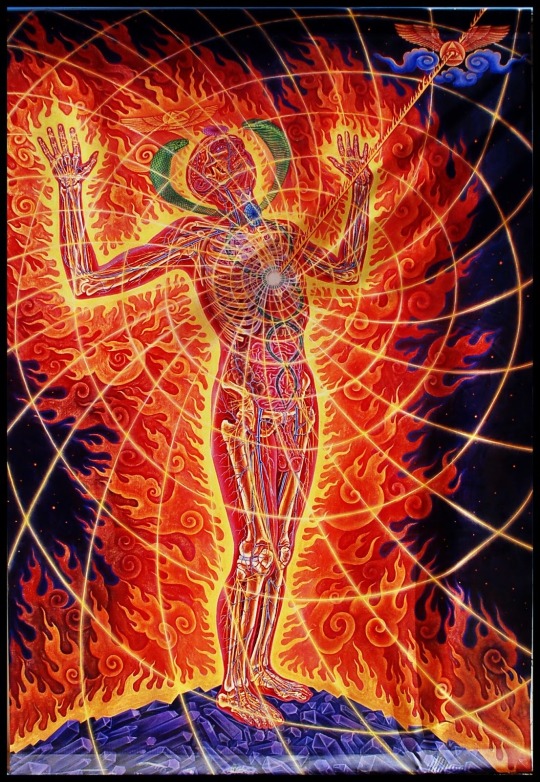
“The author types the words ‘the author types the words’. Stand, and feel the energy that crowds the room, a current siphoned back through time from all those future readings, all those other people and the varying degrees of their absorption, their awareness half-submerged within the text and half-detached from moment, from continuum, and therefore reachable.
Lacking any territory that is not subjective, we can only live upon the map. All that remains in question is whose map we choose, whether we live within the world’s insistent texts or else replace them with a stronger language of our own.
The task is not unthinkable. There are those weak points on the borderline of fact and fabrication, crossings where the veil between what is and what is not rends easily.
Go to the crossroads, and draw up the necessary lines. Make evocations and recite barbaric names; the Gorgo and the Mormo. Call the dogs, the spirit animals, and light imaginary fires.
Walk through the walls into the landscape of the words, become one more first-person character within the narrative’s bitter procession. Make the real a story and the story real, the portrait struggling to devour the sitter.
Obviously, this is a course of action not without its dangers, this attempted wedding of the language and the life; this ju-ju shit. Always the risk of a surprise twist ending ….
When Odin asked for wisdom from the head of Mimir, he paid with an eye: this knowledge carries with it a curtailment of perception, or at least a narrowing. The depth-vision is forfeit.
The time has come to end and seal this working; to complete the story-path with absolute immersion of the teller, a commitment and a sacrifice.
The rite is simple, of its kind, intended only as a point of focus, a conceptual platform on which to stand amid the swirl and shift of this delusory terrain: imaginary serpents are placed at the compass points to guard against the mental snares those cardinal directions symbolize, while at the same time an appeal is made to equally symbolic virtues.
Idea is the only currency in this domain, and all ideas are real ideas. A heavy language is engendered and employed to fix these images as marker buoys within the mind.
This incantation and the novel both progress towards the pregnant, hanging silence of their culmination. This is how we do things here, and always have done.
Wine and passionflower and other substances of earth. Shapes painted with contorted fingers on to empty space. Deranged, of course, but then derangement is the point.
Speak the desire in terms both lucid and transparent. Write it down lest it should be forgotten when the spasm hits.
…
These are the times we dread and hunger for. The mutter of our furnace past grows louder at our backs, with cadence more distinct. Almost intelligible now, its syllables reveal themselves. Our world ignites.
The song wells up, from a consuming light.”
Text from the final chapter of “Voice of the Fire’ by Alan Moore (1996).
Images (in order) are:
”Drawing Hands“ by M. C. Escher (1948).
"A Map of Days” by Grayson Perry. (2013)
“Hecate” by Jane Estelle Trombley.
“The Hanged Man” by Lakandiwa (2013).
Page from “The Horrorist” by Jamie Delano and David Lloyd (1995).
Collage image of Austin Osman Spare by Kenneth Grant.
Photo of Brion Gysin and William S. Burroughs with the Dream Machine.
“I Am That I Am” permutations by Gysin & Burroughs (“The Third Mind”).
“Holy Fire” (Left panel) by Alex Grey (1987).
For more on art, magic & ritual, please visit “Noise vs. Signal”.
12 notes
·
View notes
Photo

7:47 AM EDT March 14, 2024:
Liz Phair - "Strange Loop" From the album Exile in Guyville (June 22, 1993)
Last song scrobbled from iTunes at Last.fm
File under: Girls who say 'fuck'
--

<540x537>
2 notes
·
View notes

